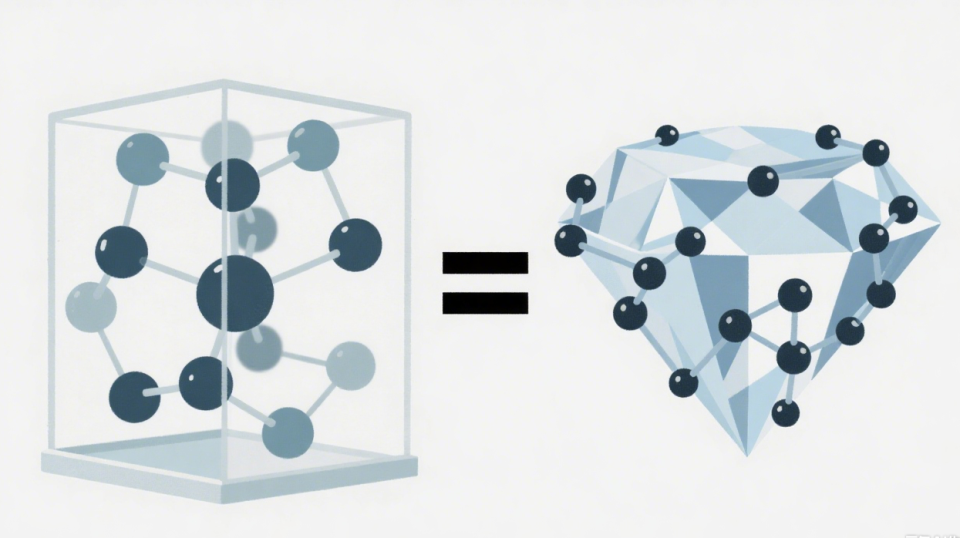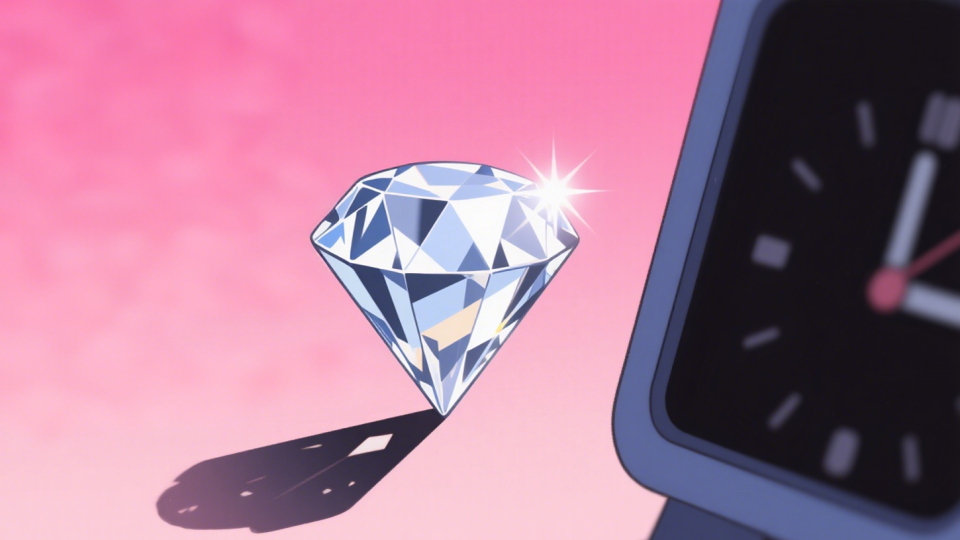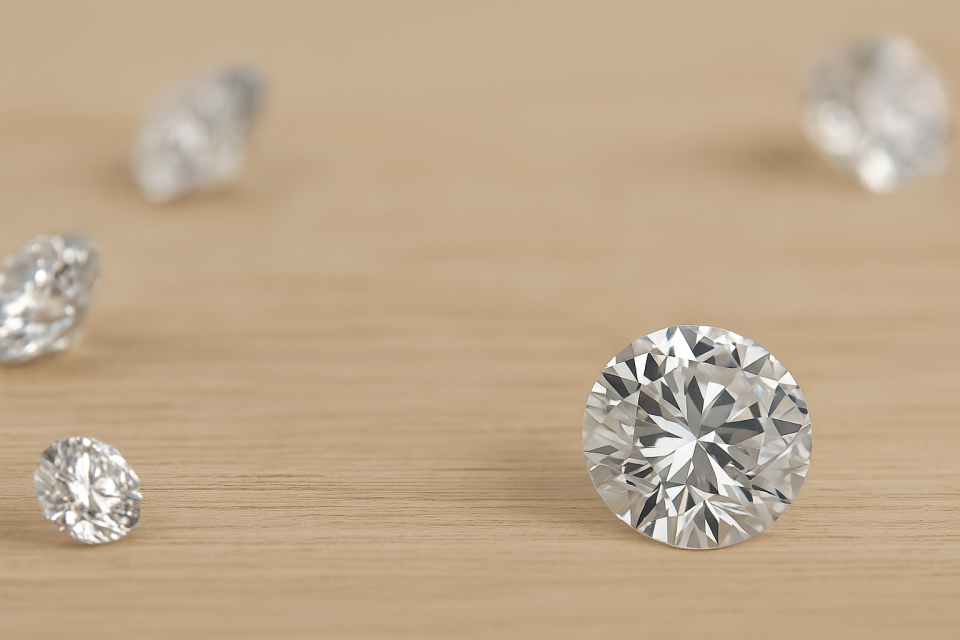Introduction
For centuries, diamonds have been treasured as the ultimate symbol of love, commitment, and luxury. But in recent years, a question has been circulating among consumers: Are lab-grown diamonds real? With increasing interest in sustainable and ethical products, lab-grown diamonds have surged in popularity. Still, many buyers remain unsure whether they are genuine or simply imitations.
The truth is simple: lab-grown diamonds are 100% real diamonds. In this guide, we’ll explain what lab-grown diamonds are, how they’re made, and why more people are choosing them for their jewelry purchases.
What Are Lab-Grown Diamonds?
Lab-grown diamonds, also called man-made diamonds or synthetic diamonds, are created in a controlled laboratory environment using advanced technology. These diamonds share the same chemical composition (pure carbon) and physical properties as natural diamonds mined from the earth.
How Are They Made?
There are two main methods used to create lab-grown diamonds:
- High Pressure High Temperature (HPHT)
- Mimics the natural formation process deep inside the Earth.
- A carbon source is exposed to high pressure and high temperature, transforming it into a diamond crystal.
- Chemical Vapor Deposition (CVD)
- Uses a carbon-rich gas in a vacuum chamber.
- Carbon atoms are deposited onto a seed crystal, growing into a diamond layer by layer.
Both methods produce diamonds indistinguishable from natural ones—except for their origin.
Are Lab-Grown Diamonds Chemically the Same as Natural Diamonds?
Yes. Lab-grown diamonds have the same crystal structure and are composed entirely of carbon atoms arranged in a cubic structure. They score 10 on the Mohs hardness scale, making them just as durable as mined diamonds.
Physical and Optical Properties
- Hardness: Identical to natural diamonds.
- Refractive Index: Same brilliance, sparkle, and fire.
- Thermal Conductivity: Equally resistant to heat.
Even experienced gemologists often need specialized instruments to distinguish lab-grown diamonds from mined ones because, to the naked eye, they are identical.

Common Myths About Lab-Grown Diamonds
Myth 1: Lab-Grown Diamonds Are Fake
False. Lab-grown diamonds are real diamonds—not simulants like cubic zirconia or moissanite. They are chemically, physically, and optically identical to mined diamonds.
Myth 2: Lab-Grown Diamonds Will Lose Their Color or Sparkle
Wrong. Just like natural diamonds, lab-grown diamonds are stable and will not fade, cloud, or lose brilliance over time.
Myth 3: Lab-Grown Diamonds Are Worthless
Not true. While resale value differs from natural diamonds, lab-grown diamonds carry emotional and symbolic value just like mined ones. Moreover, as consumer acceptance grows, lab-grown diamonds are becoming mainstream in the jewelry industry.
Why Choose Lab-Grown Diamonds?
1. Price Advantage
Lab-grown diamonds typically cost 30–40% less than natural diamonds of similar size and quality. This means you can get a bigger diamond or a higher quality grade for the same price.
2. Sustainability & Ethics
Mining diamonds often involves large-scale excavation that can impact ecosystems and communities. Lab-grown diamonds, on the other hand, are sustainably produced without causing significant environmental harm or raising ethical concerns about conflict diamonds.
3. Guaranteed Quality
Lab-grown diamonds are graded by the same institutions that certify natural diamonds (like GIA and IGI), so you can be assured of their authenticity and quality.

Certifications and Authenticity
When purchasing a diamond, always look for a certification from a reputable gemological institute. This ensures you’re getting exactly what you paid for—regardless of whether it’s mined or lab-grown.
Popular Certification Bodies
- GIA (Gemological Institute of America)
- IGI (International Gemological Institute)
These certificates list all important details about your diamond, including cut, color, clarity, carat, and whether it is lab-grown or natural.
Lab-Grown vs. Natural Diamonds: Key Differences
| Feature | Lab-Grown Diamond | Natural Diamond |
|---|---|---|
| Composition | Pure Carbon | Pure Carbon |
| Durability | Mohs 10 | Mohs 10 |
| Appearance | Identical | Identical |
| Origin | Laboratory | Earth’s mantle |
| Environmental Impact | Low | Higher |
| Cost | 30–40% lower | Higher |
Bottom line: The only difference is origin, not quality.
Who Buys Lab-Grown Diamonds?
- Environmentally Conscious Consumers who want eco-friendly products.
- Couples on a Budget who prefer a bigger stone for less money.
- Early Adopters who embrace innovation and new technologies.
Millennials and Gen Z, in particular, are driving demand because they value sustainability and transparency in what they buy.
Conclusion
So, are lab-grown diamonds real? Absolutely. They are physically, chemically, and optically identical to natural diamonds—just grown in a lab rather than mined from the Earth. With significant cost savings, sustainability benefits, and guaranteed quality, lab-grown diamonds are an excellent choice for engagement rings, wedding bands, or any jewelry purchase.
Ready to explore your perfect diamond?
Browse our Lab-Grown Diamonds Collection to find high-quality, certified stones and jewelry today.

